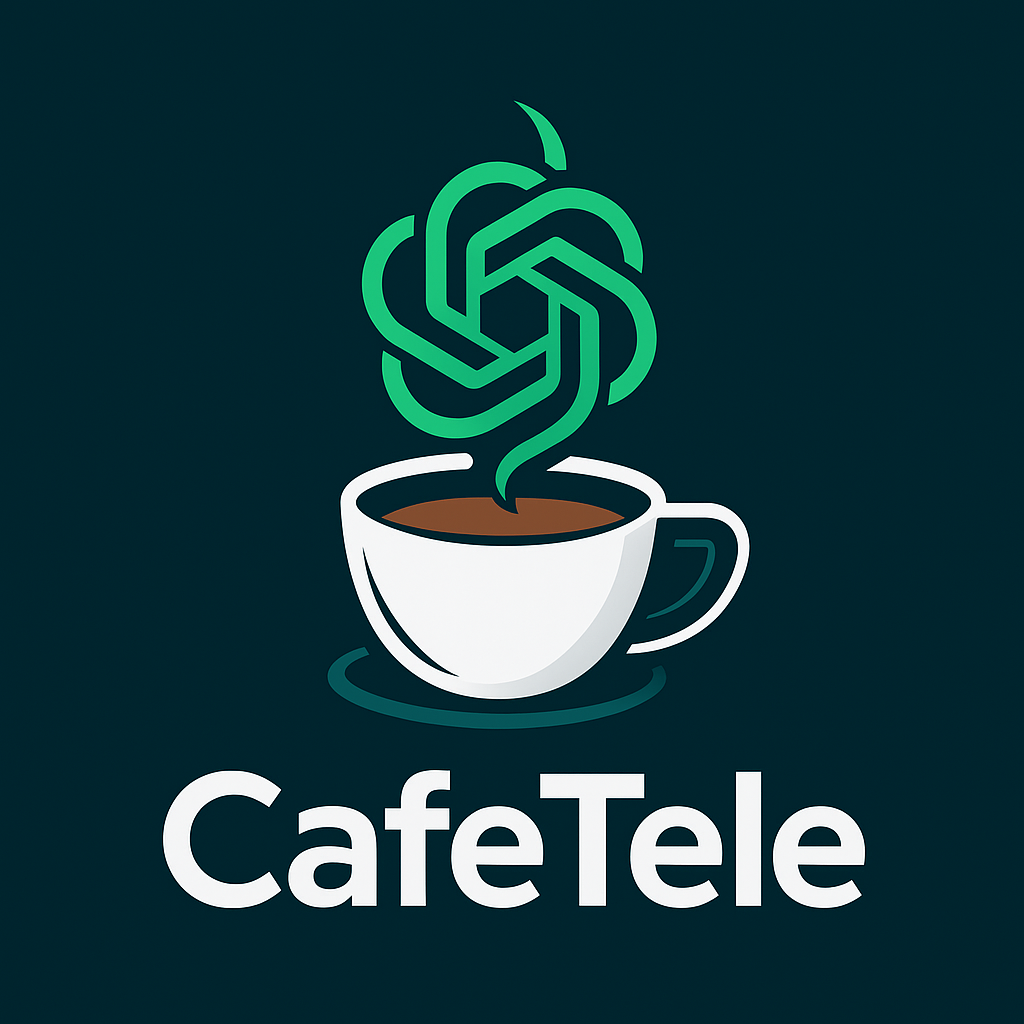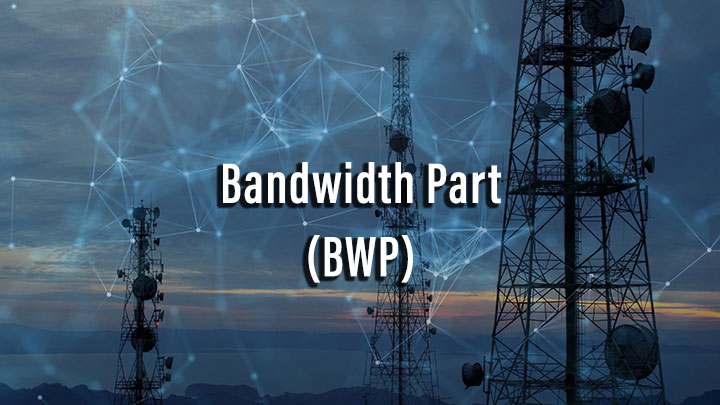SCG/MCG failure handling
SCG Failure 5G NR RLF is declared separately for the MCG and for the SCG If radio link failure is detected for MCG, the UE initiates the RRC connection re-establishment procedure The following SCG failure cases are supported: SCG RLF SN change failure For EN-DC, NGEN-DC, and NR-DC, SCG configuration failure (only for messages on…










